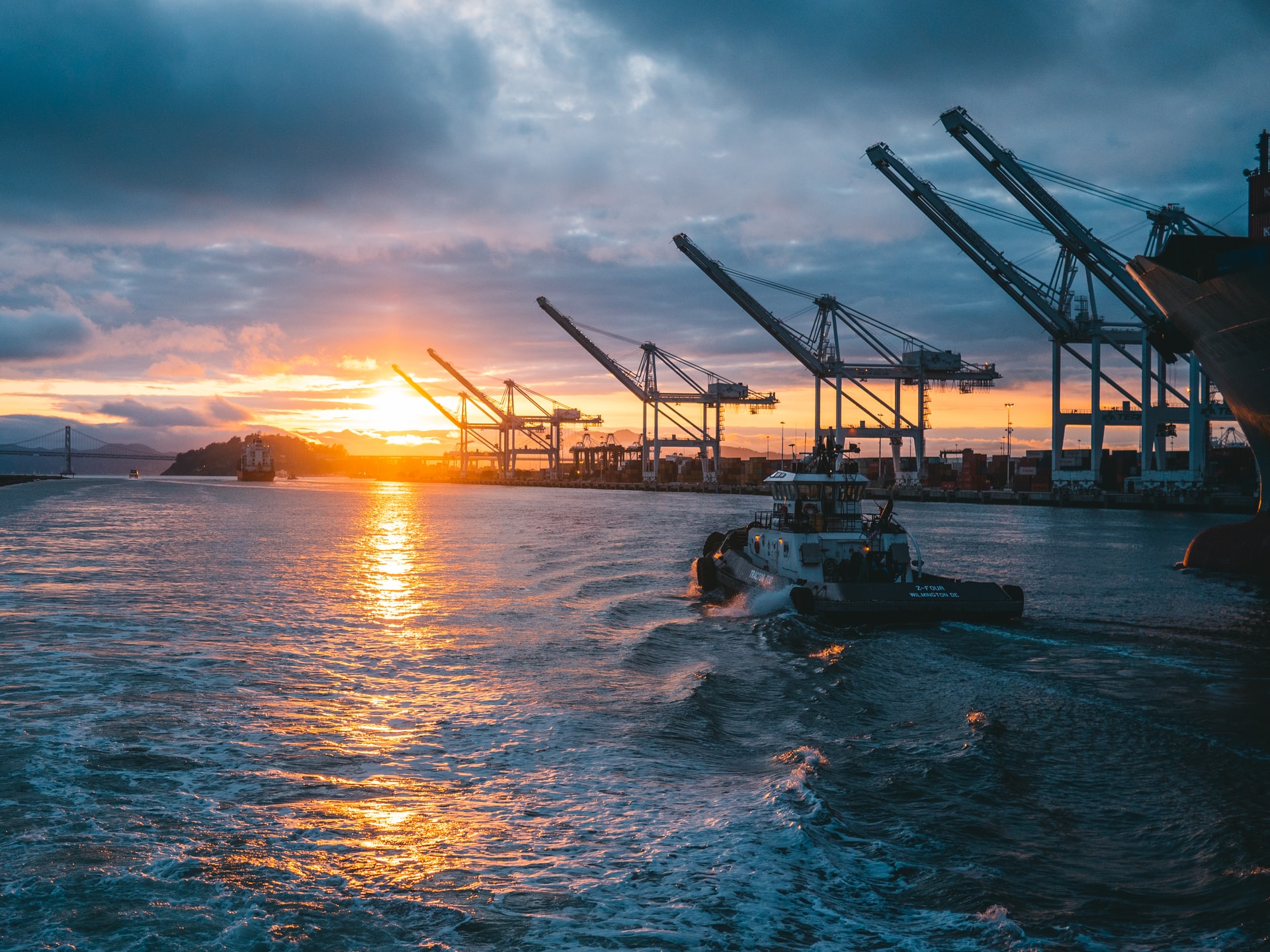After the Second World War, shipbuilding (which encompasses the shipyards, the marine equipment manufacturers, and many related service and knowledge providers) grew as an important and strategic industry in a number of countries around the world. This importance stems from:
The large number of skilled workers required directly by the shipyard, along with supporting industries such as steel mills, railroads and engine manufacturers; and
A nation’s need to manufacture and repair its own navy and vessels that support its primary industries
Historically, the industry has suffered from the absence of global rules[citation needed] and a tendency towards (state-supported) over-investment due to the fact that shipyards offer a wide range of technologies, employ a significant number of workers, and generate income as the shipbuilding market is global.
Japan used shipbuilding in the 1950s and 1960s to rebuild its industrial structure; South Korea started to make shipbuilding a strategic industry in the 1970s, and China is now in the process of repeating these models with large state-supported investments in this industry. Conversely, Croatia is privatising its shipbuilding industry.

Photo by Ronan Furuta on Unsplash
As a result, the world shipbuilding market suffers from over-capacities, depressed prices (although the industry experienced a price increase in the period 2003–2005 due to strong demand for new ships which was in excess of actual cost increases), low profit margins, trade distortions and widespread subsidisation. All efforts to address the problems in the OECD have so far failed, with the 1994 international shipbuilding agreement never entering into force and the 2003–2005 round of negotiations being paused in September 2005 after no agreement was possible. After numerous efforts to restart the negotiations these were formally terminated in December 2010. The OECD’s Council Working Party on Shipbuilding (WP6) will continue its efforts to identify and progressively reduce factors that distort the shipbuilding market.
Where state subsidies have been removed and domestic industrial policies do not provide support in high labor cost countries, shipbuilding has gone into decline. The British shipbuilding industry is a prime example of this with its industries suffering badly from the 1960s. In the early 1970s British yards still had the capacity to build all types and sizes of merchant ships but today they have been reduced to a small number specialising in defence contracts, luxury yachts and repair work. Decline has also occurred in other European countries, although to some extent this has reduced by protective measures and industrial support policies. In the US, the Jones Act (which places restrictions on the ships that can be used for moving domestic cargoes) has meant that merchant shipbuilding has continued, albeit at a reduced rate, but such protection has failed to penalise shipbuilding inefficiencies. The consequence of this is that contract prices are far higher than those of any other country building oceangoing ships.
Ship repair industry
All ships need repair work at some point in their working lives. A part of these jobs must be carried out under the supervision of the classification society.
A lot of maintenance is carried out while at sea or in port by ship’s crew. However, a large number of repair and maintenance works can only be carried out while the ship is out of commercial operation, in a ship repair yard.
Prior to undergoing repairs, a tanker must dock at a deballasting station for completing the tank cleaning operations and pumping ashore its slops (dirty cleaning water and hydrocarbon residues).
Resource: Wikipedia/Shipbuilding


